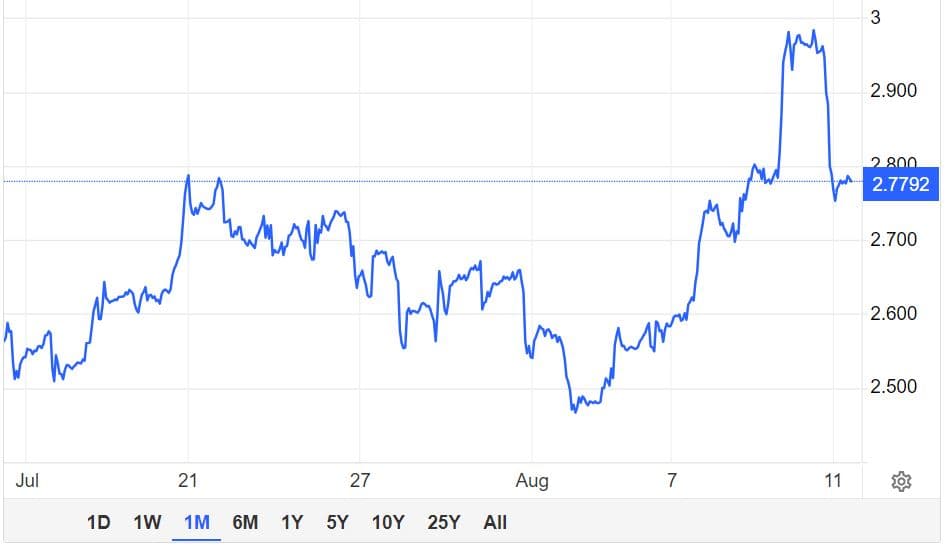In recent times, the abrupt and sharp surge in European gas prices has become a focal point, shedding light on the intricate dynamics of the energy market. The story behind this surge is a due to shifting global energy patterns, geopolitical tensions, and unexpected disruptions. Let’s dive into why are gas prices are going up and what factors are contributing to this challenging scenario.
Quick Reasons : Why are Gas prices going up ?
- Europe is still struggling to get out of Ukraine – Russia conflict.
- US gas price bottomed and oversold for short term
- Fear of More escalations in Europe – Russia tension in upcoming G20 summit.

Europe’s Energy Evolution: From Russia to LNG
Europe’s journey towards energy self-sufficiency took a notable turn as it diversified away from Russian energy sources. Last year, the continent effectively addressed an energy crisis by pivoting towards liquefied natural gas (LNG) imports. A move that proved successful in mitigating the impact of severed Russian pipelines due to geopolitical conflicts.

Global Vulnerability: The Flip Side of LNG Dependence
While LNG importation shielded Europe from immediate energy threats. it introduced a new vulnerability. Unlike the relatively stable Russian supply, LNG is a global commodity susceptible to supply disruptions from various corners of the world. This volatility was highlighted by the recent 40 percent surge in European gas prices. This was driven by concerns over potential strikes in Australian LNG projects.

Globalization of Gas Market: A New Reality
This surge underlines the fact that Europe’s energy supplies, akin to the oil market, have become truly global. The adaptability of LNG, a key solution to the Russian pipeline gap, paradoxically amplifies price volatility. The shift to LNG marked a pivotal transformation. This ensurs Europe’s energy security while exposing it to the broader ebbs and flows of the worldwide energy landscape.
Impact of Geopolitics: From Limited to Global Impact
The pre-Ukraine invasion era saw Asia’s gas market having a limited effect on European prices. However, the post-crisis scenario paints a different picture. LNG, which accounted for just 20 percent of EU gas imports in 2021, has soared to 34% in the past year. This is projected of reaching 40 percent in 2023. This shift mirrors the once-dominant role of Russian gas.
Competition and Pricing: The Interplay of Factors
As the situation evolves, the potential disruption of Australian LNG supply in Asia could set off an unexpected competition for fuel. Major LNG importers like Japan, China, and South Korea could inadvertently trigger an inter-regional bidding war, influencing prices further.
Winter Worries: Balancing Storage and Imports
Approaching winter adds another layer of complexity. With storage nearing 90 percent capacity, there’s concern about reaching full capacity before the heating season begins. However, storage alone won’t suffice. Europe will need to maintain substantial LNG imports to meet demand during colder months.
The Balancing Act: Ensuring Stable Energy Supplies
In conclusion, the surge in gas prices highlights the intricate dance of global energy forces, geopolitics, and supply dynamics. Europe’s quest for energy diversification and resilience has ushered in a new era of global energy interconnectedness. Striking the right balance between stable supplies and mitigating price volatility is the challenge that lies ahead.
you do want to follow us on twitter for more information and trading alerts. Also check out our chart sections.





